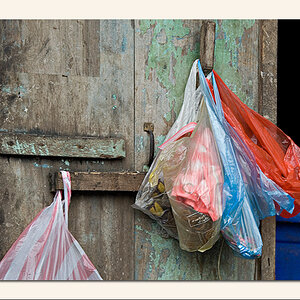Matty-Bass
TPF Noob!
- Joined
- May 13, 2005
- Messages
- 685
- Reaction score
- 20
- Location
- Edmonton, AB
- Can others edit my Photos
- Photos NOT OK to edit
Hey everyone,
A few years back I was given a bunch of antique camera equipment from my German grandfather... accessories for a Robot rangefinder camera. I've got the flash assembly, various filters, a super-old school light meter and even about five rolls of used 35mm film. The film are in metal canisters. Sadly, no camera, although I'm going to ask about it soon.
A little bit of eBay research showed this stuff might have been from the mid-30s Germany, when Opa was a teenager and doing some photography in East Germany.
My big question, what is the possibility I could still get the 35mm film developed? I'm not sure how film worked in those days, but seeing as all the canisters have no 35mm film sticking out, they've been exposed. Needless to say, I'm curious if there are photos that are 75 years old!
Any advice what to do with them?
A few years back I was given a bunch of antique camera equipment from my German grandfather... accessories for a Robot rangefinder camera. I've got the flash assembly, various filters, a super-old school light meter and even about five rolls of used 35mm film. The film are in metal canisters. Sadly, no camera, although I'm going to ask about it soon.
A little bit of eBay research showed this stuff might have been from the mid-30s Germany, when Opa was a teenager and doing some photography in East Germany.
My big question, what is the possibility I could still get the 35mm film developed? I'm not sure how film worked in those days, but seeing as all the canisters have no 35mm film sticking out, they've been exposed. Needless to say, I'm curious if there are photos that are 75 years old!
Any advice what to do with them?


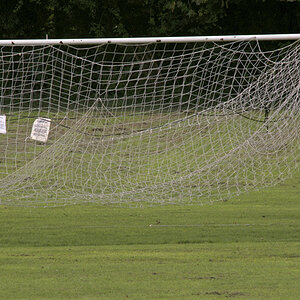
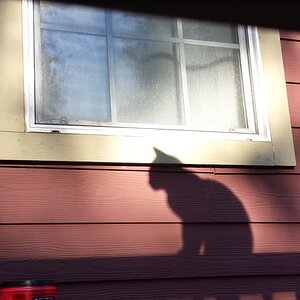
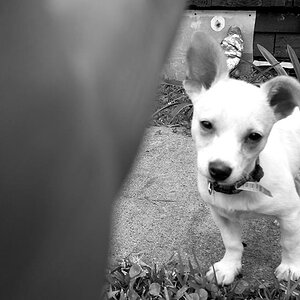
![[No title]](/data/xfmg/thumbnail/33/33343-857a08c1327857172779bfe49f06f638.jpg?1619735911)
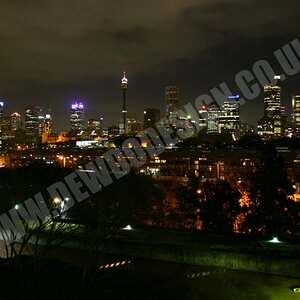
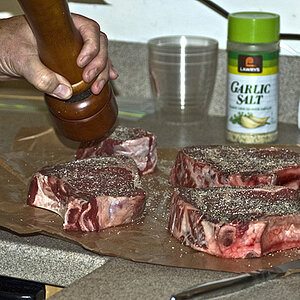
![[No title]](/data/xfmg/thumbnail/42/42056-76026251cb5ebb85b4a4d281d36121d8.jpg?1619739992)


